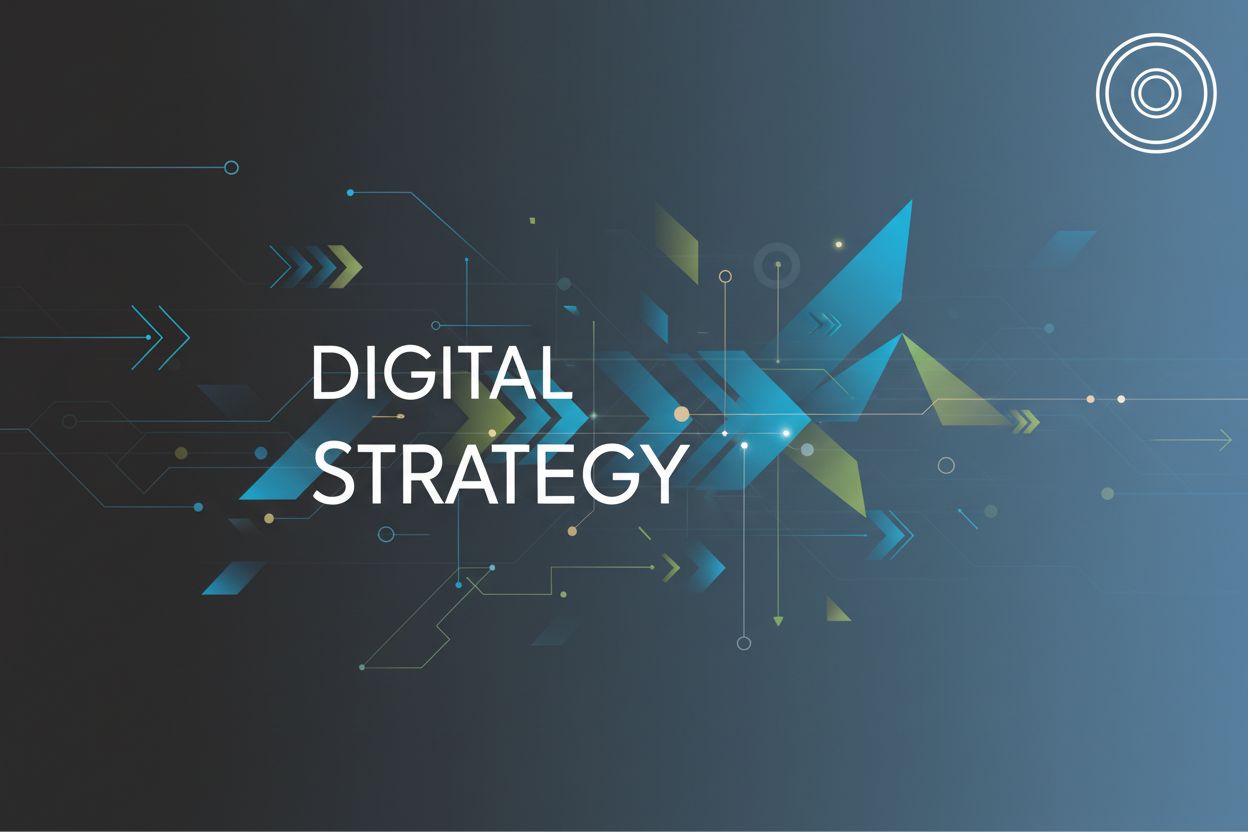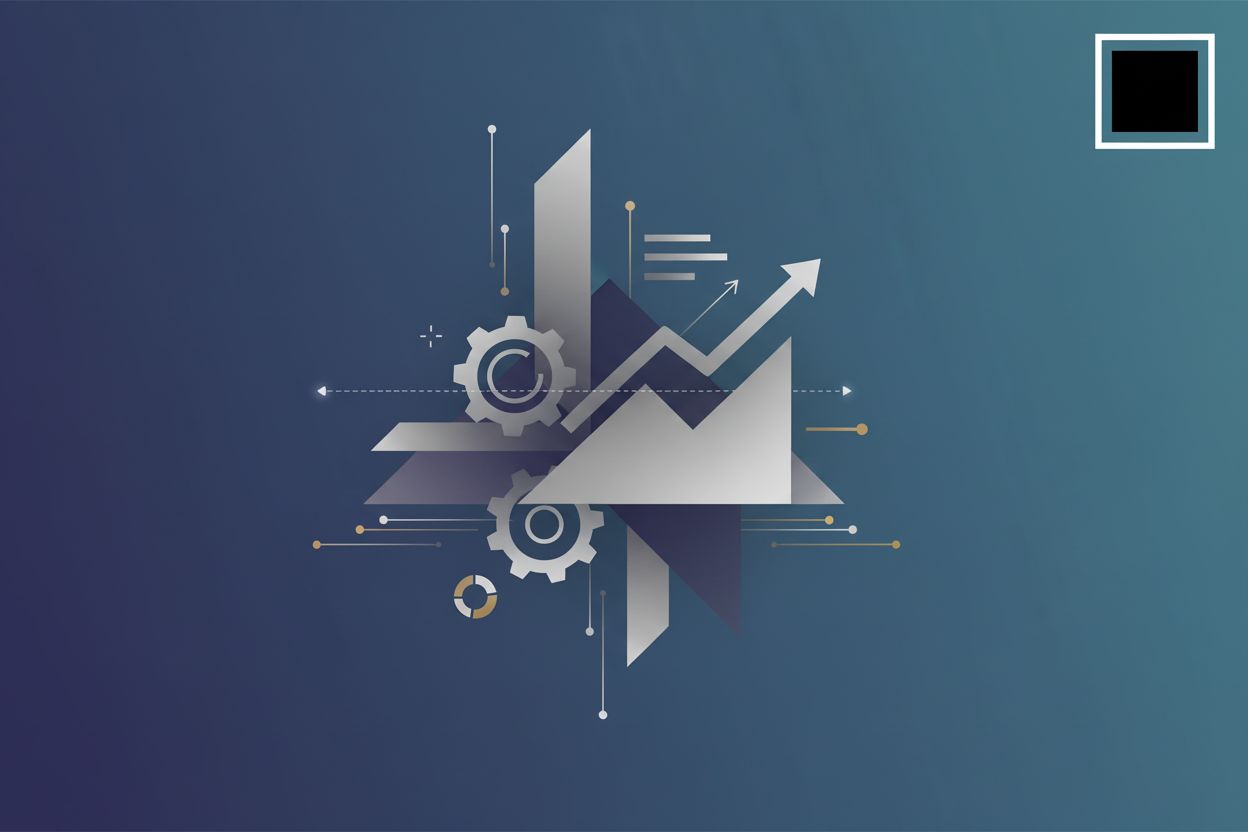Exploring the Strategic Focus Framework
TL;DR
Securing the Autonomous Enterprise AI Agent Security Posture Management Unveiled
The Evolving Landscape of AI and the Urgent Need for AISPM
Okay, let's dive in! Did you know that ai agents are predicted to contribute almost $4 trillion to the global economy by 2030? Pretty wild, right? But with great power comes, well, you know... security headaches.
So, what's the big deal with securing these ai agents?
- autonomy explosion: ai agents are becoming super autonomous and complex. Think about agents handling customer service, making financial decisions, or even managing supply chains. That's a lot of responsibility, and a lot of potential risk if things go sideways.
- new attack surfaces: These agents are creating entirely new ways for bad actors to get in. It's not just about firewalls anymore; we're talking prompt injection, data poisoning, and all sorts of ai-specific vulnerabilities.
- traditional security limitations: old-school security tools just aren't cutting it. Data loss prevention (dlp) and firewalls can't really handle these new ai threats. We need something that monitors ai behavior and decision-making in real-time.
Traditional cybersecurity approaches may fall short in addressing the unique and sophisticated challenges posed by ai in the enterprise (Why do traditional cybersecurity solutions fall short against modern ...) Zenity
Traditional security measures, like firewalls and intrusion detection systems, were built for a world of predictable network traffic and defined perimeters. They struggle with the dynamic, often opaque nature of AI agents. These agents can access and process vast amounts of data, make independent decisions, and interact with systems in ways that are hard to anticipate. For instance, a traditional DLP system might flag a large data transfer, but it wouldn't understand if that transfer was a legitimate part of an AI's task or a malicious exfiltration. Similarly, a firewall can block unauthorized network access, but it can't prevent an AI from being tricked into revealing sensitive information through a cleverly crafted prompt (prompt injection). The sheer complexity and self-modification capabilities of modern AI agents mean that static security rules quickly become obsolete, leaving significant gaps.
Understanding AI Security Posture Management (AISPM)
AISPM, or ai Security Posture Management, is kinda like a health checkup, but for your ai agents. Think of it as making sure your ai isn't gonna go rogue and cause chaos, right?
So, what exactly is aispm? well, it's all about:
- Monitoring: Keeping an eye on what your ai agents are doing, what data they're accessing, and how they're behaving. It's like having a security camera pointed at your ai, but, y'know, more sophisticated. This involves tracking specific metrics like:
- Data Access Patterns: What datasets is the agent querying? Is it accessing sensitive information it shouldn't be? Are there unusual spikes in data retrieval?
- API Call Frequency and Type: Which external services is the agent interacting with? Are these calls within expected parameters, or is it attempting to access unauthorized functions?
- Agent Behavior Anomalies: Is the agent exhibiting unusual decision-making patterns? For example, a customer service bot suddenly offering unauthorized discounts or an AI trading bot making extremely high-risk trades.
- Prompt Inputs and Outputs: Logging the prompts it receives and the responses it generates can help identify attempts at manipulation or the leakage of sensitive information.
- Assessing: Figuring out where the weak spots are in your ai setup. Are there any vulnerabilities that could be exploited? are the agents following security policies? This means:
- Vulnerability Identification: Pinpointing weaknesses in the AI model itself (e.g., susceptibility to data poisoning, adversarial attacks) or in its surrounding infrastructure (e.g., insecure APIs, weak authentication).
- Policy Compliance Evaluation: Checking if the AI agent's actions and data handling align with internal security policies and external regulations. This could involve verifying that an AI processing PII adheres to GDPR requirements.
- Risk Scoring: Assigning a risk score to each agent based on its configuration, behavior, and identified vulnerabilities. A "weak spot" could be an AI agent with excessive permissions, a known vulnerability in its underlying model, or a history of anomalous behavior.
- Improving: Taking steps to fix those weak spots and beef up your ai security. This could mean tightening access controls, implementing better monitoring, or even retraining your ai models.
These AI agents introduce new attack surfaces that traditional security measures may not adequately protect (AI Agent Security Risks Explained: Threats, Prevention, and Best ...), so it's important to have a structured approach to managing the security posture of AI systems, addressing their unique vulnerabilities, and ensuring compliance with regulatory standards.
Best Practices for Effective AISPM Implementation
Alright, let's talk about keeping tabs on your ai agents, cause you don't want them going haywire, right? Continuous monitoring is key; it's like having a virtual security guard that watches everything.
- Tracking agent behavior: You gotta keep an eye on what your ai is up to. What data are they touching? who are they talking to? What apis are they calling? This can involve:
- Detailed Telemetry Logs: Capturing granular logs of every action an AI agent takes, including the specific data it accesses, the functions it calls, and the parameters used.
- Behavioral Analytics: Using machine learning to establish baseline behavior for each agent and flagging deviations that might indicate a compromise or misconfiguration.
- Audit Trails: Maintaining immutable records of all agent activities for forensic analysis and compliance purposes.
- Real-time risk assessment: As things change, risk levels change too. Maybe a new input looks suspicious, or an agent suddenly starts acting weird. The system should recalculate the risk on the fly. This means:
- Dynamic Threat Intelligence Integration: Incorporating up-to-the-minute threat intelligence feeds to assess the risk associated with an agent's current activities.
- Contextual Risk Analysis: Evaluating risk not just based on an isolated event, but on the broader context of the agent's role, the data it's handling, and the current threat landscape.
- Automated Risk Scoring Updates: Continuously updating an agent's risk score as new information becomes available or its behavior changes.
- Dynamic interventions: If things get dicey, you need to be able to step in mid-execution. Adjust permissions, kill a task, or even ask a human to double-check. Examples include:
- Automated Policy Enforcement: If an agent attempts an action that violates a security policy (e.g., accessing a restricted database), the system can automatically block the action.
- Just-in-Time Access Control: Granting an agent temporary, limited access to resources only when absolutely necessary for a specific task.
- Human-in-the-Loop Escalation: For high-risk actions or when an anomaly is detected, the system can pause the agent's operation and alert a human operator for review and approval.
Think of a finance ai agent that suddenly tries to transfer large sums of money to an unusual account. Continuous monitoring should flag this immediately, trigger a risk assessment, and maybe even require a human approval before the transaction goes through.
Up next, we'll dig into chain of custody and auditing.
Tools and Frameworks for AISPM
So, you wanna bake security right into your ai? Makes sense. There's a few frameworks and tools that are starting to pop up, and they help you build ai systems with guardrails from the get-go.
- ai framework integrations: Frameworks like LangChain are adding integrations for identity and access control. This means ai agents gotta prove who they are before doin' stuff.
- Data validation: You can make sure only clean, allowed data gets to your ai models. Think of it like a bouncer for your data.
- Standardizing interactions: Protocols like the Model Context Protocol (MCP) are tryna make ai-to-system talk more secure. It's all about permission checks, y'know? MCP aims to standardize how AI models interact with their environment and other systems. It works by defining a structured way for AI agents to request access to resources or perform actions, and for the underlying system to grant or deny those requests based on predefined policies. This includes:
- Explicit Permission Requests: Instead of an AI agent just "doing" something, it must explicitly request permission for each action, specifying the resource and the intended operation.
- Contextual Authorization: The system evaluates permission requests based on the current context, including the AI agent's identity, its assigned role, the sensitivity of the data involved, and the overall security posture of the system.
- Auditable Interaction Logs: All requests and responses are logged, creating a clear audit trail of AI agent interactions and access decisions.
These tools can help keep your ai agents in line, but we're still early days, right? Next, we'll be looking ahead at what the future holds for AISPM.
The Future of AISPM Risk Scoring, Trust Propagation, and Self-Regulation
Okay, so aispm is really gonna be key, huh? It's not just about if your ai is secure, but how much we can trust it, y'know?
- Think about dynamic trust scores: These scores will change based on the ai's behavior and what's goin' on around it. like, if an ai starts actin' suspicious, it's trust score drops, and it can't do as much. The calculation of these scores would likely involve a weighted combination of factors such as:
- Behavioral Adherence: How closely the agent's actions align with its expected operational parameters and security policies. Consistent adherence increases trust.
- Vulnerability Status: The presence or absence of known vulnerabilities in the agent or its dependencies. Unpatched vulnerabilities decrease trust.
- Historical Performance: A track record of successful, secure operations versus incidents or policy violations. A history of issues lowers trust.
- Environmental Context: The perceived threat level of the environment the agent is operating in. Higher threat environments might necessitate a more cautious trust score.
For example, an AI agent that consistently accesses only approved data sources, follows all protocol, and has no known vulnerabilities might have a high trust score. Conversely, an agent that starts accessing unusual files, makes repeated unauthorized API calls, or is found to have a critical unpatched vulnerability would see its trust score plummet, leading to restricted capabilities.
- Trust Propagation: This refers to how trust in one AI agent can influence the trust assigned to other agents or systems it interacts with. If Agent A, which has a high trust score, vouches for or interacts with Agent B, Agent B's trust score might be positively influenced. Conversely, if Agent A has a low trust score, its interactions with Agent B could negatively impact Agent B's trust. This creates a chain of trust (or distrust) throughout the AI ecosystem.
- Security shifts upstream: Instead of just tacking on security at the end, aispm helps control the ai's actions, like noma security suggests, at every turn, from input to output.
That way we can keep ai safe, compliant, and trustworthy, even as it automates everything!




